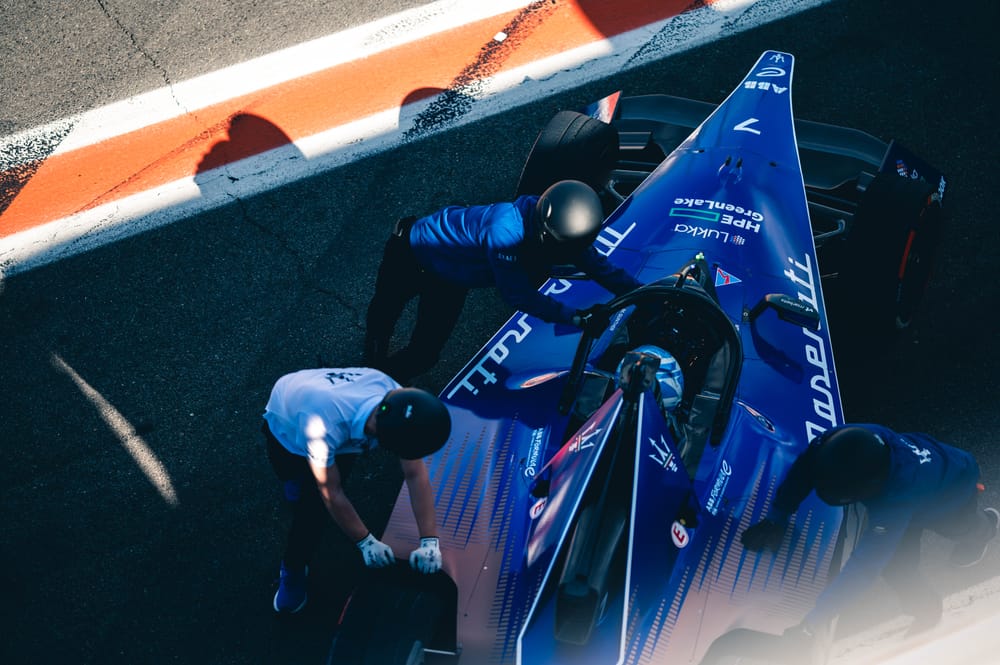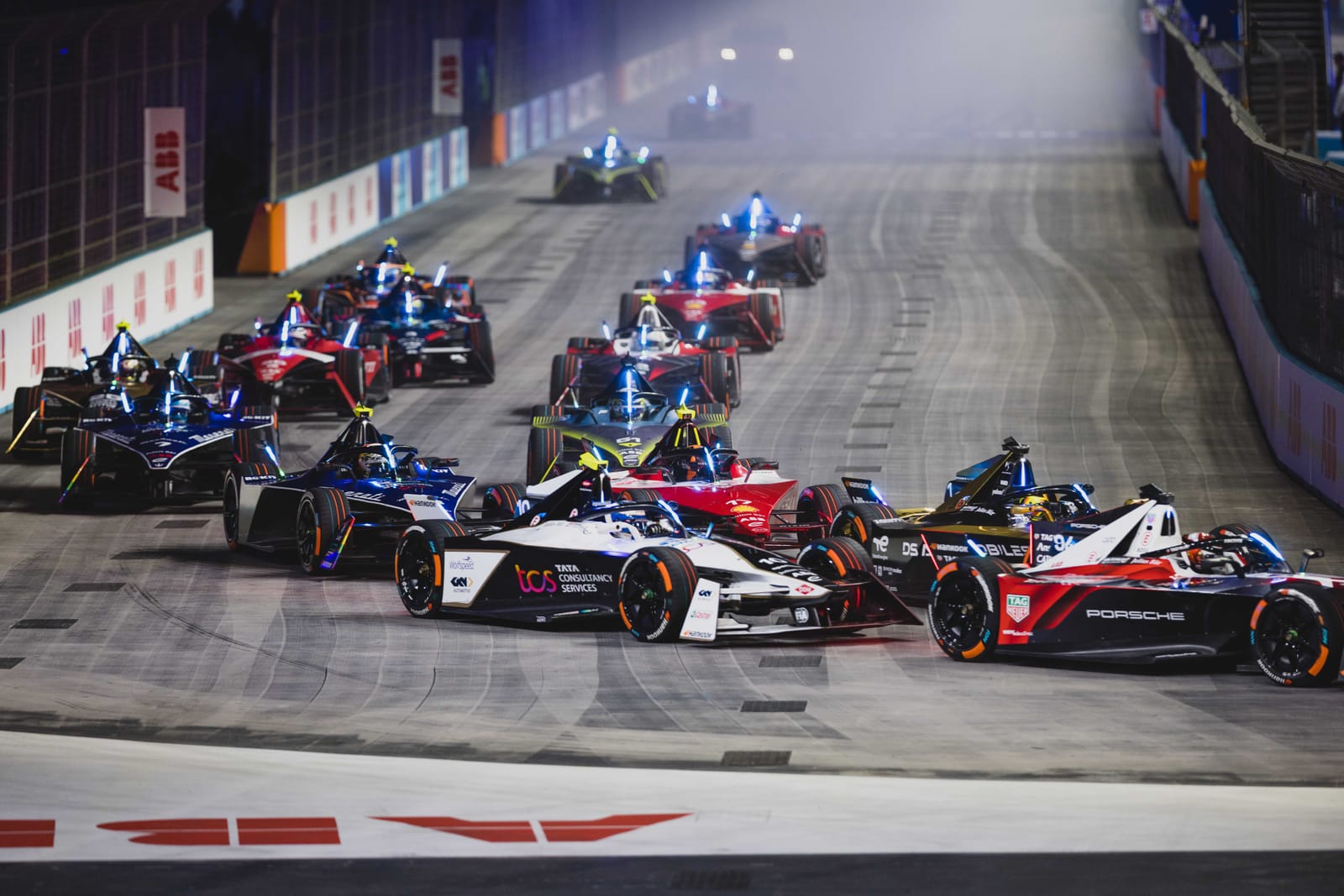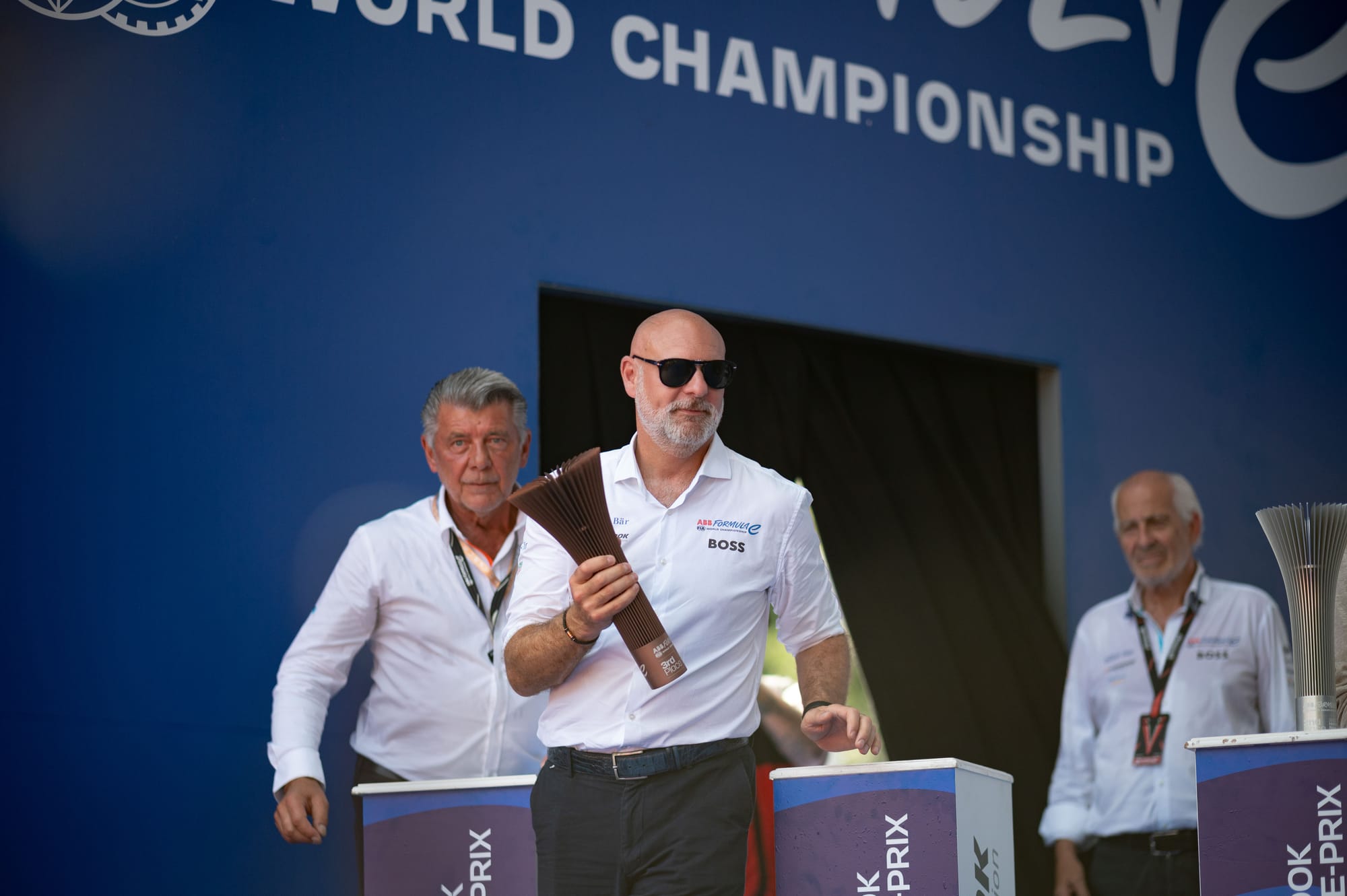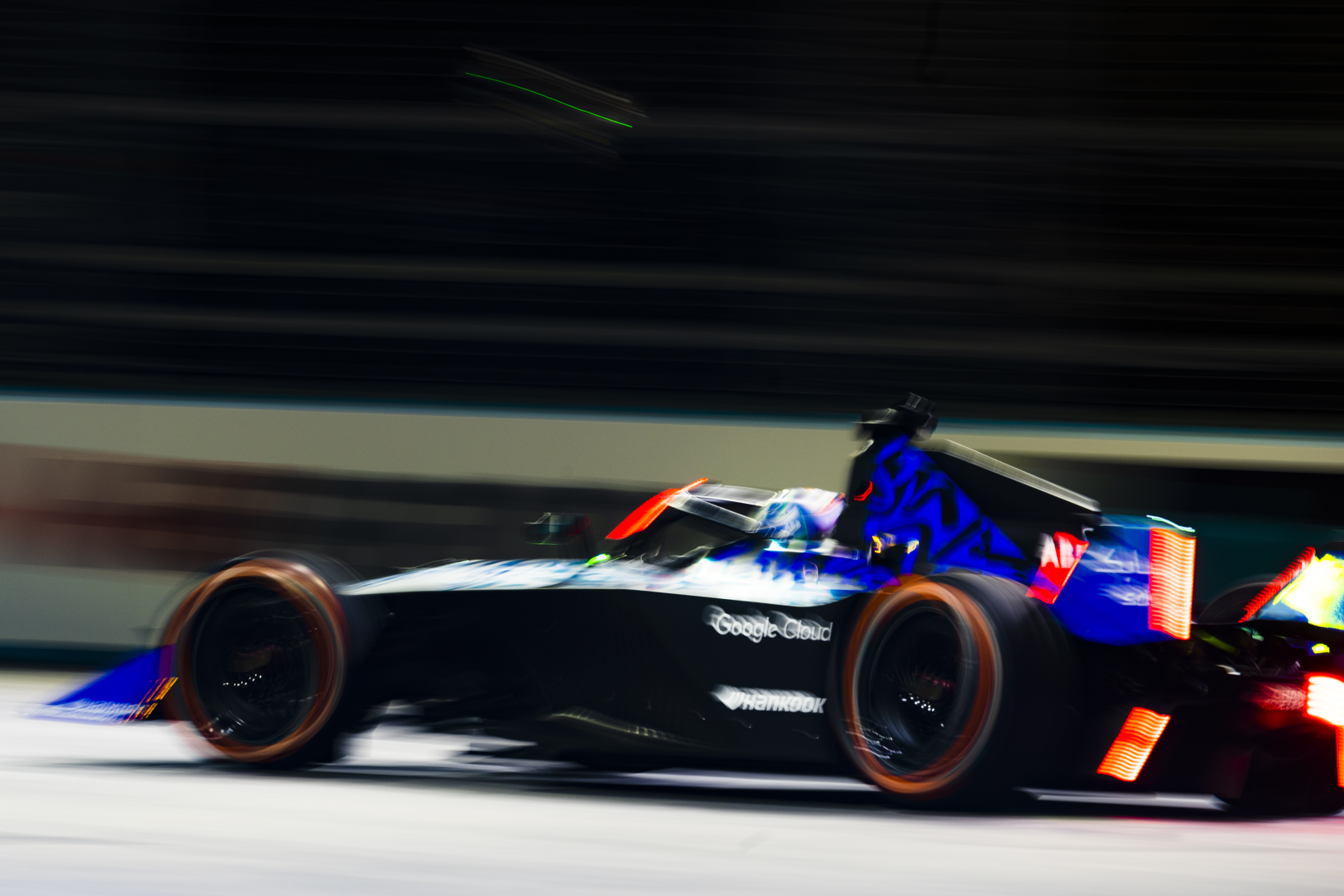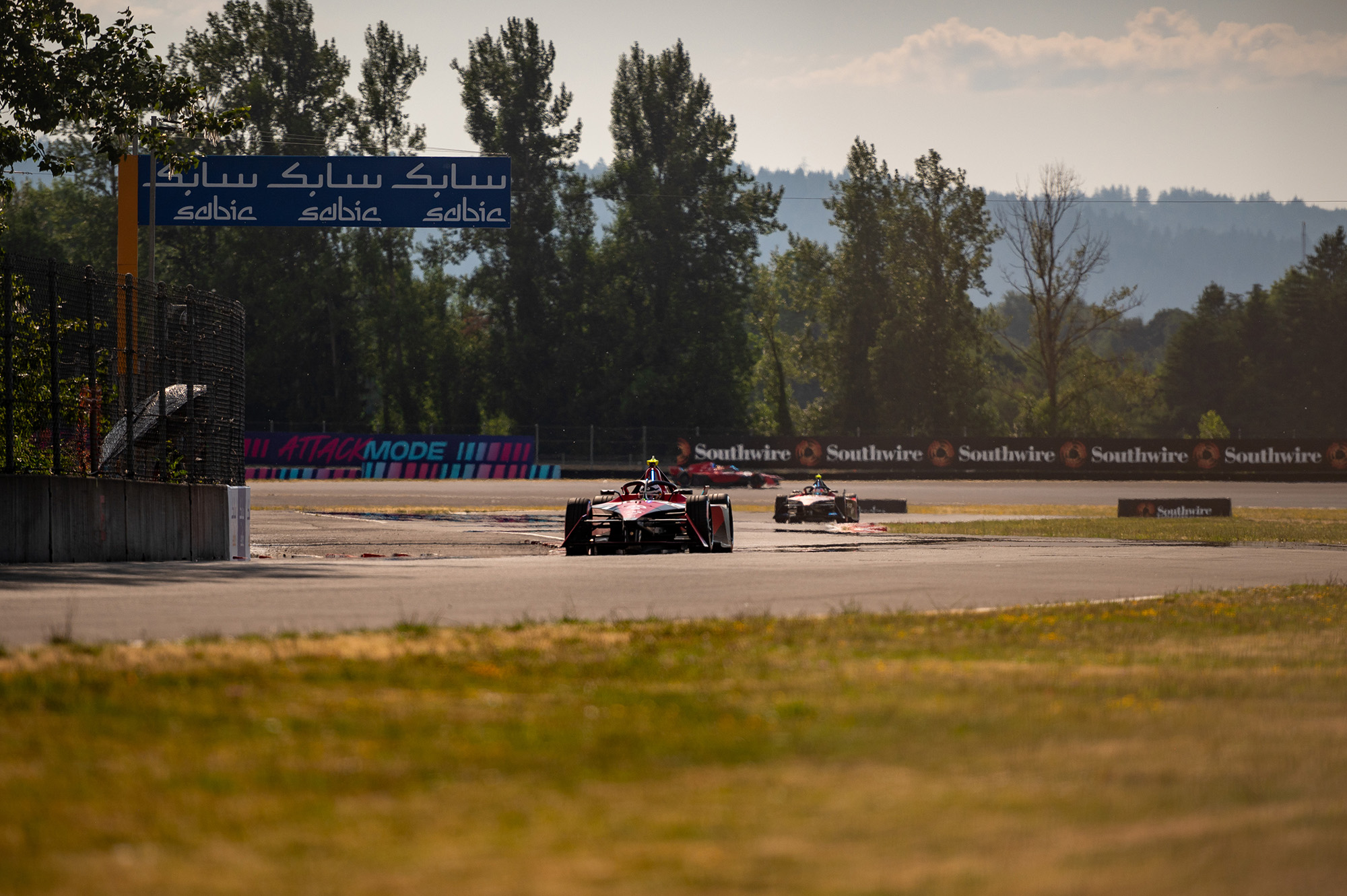The first season of Formula E's Gen3 era in 2023 began with a scramble to get the new cars ready and reliable but produced some excellent racing and a tense title fight.
These are the big issues it needs to address to properly build on that in 2024.
SUCCESSFULLY INTRODUCE FAST-CHARGING PITSTOPS
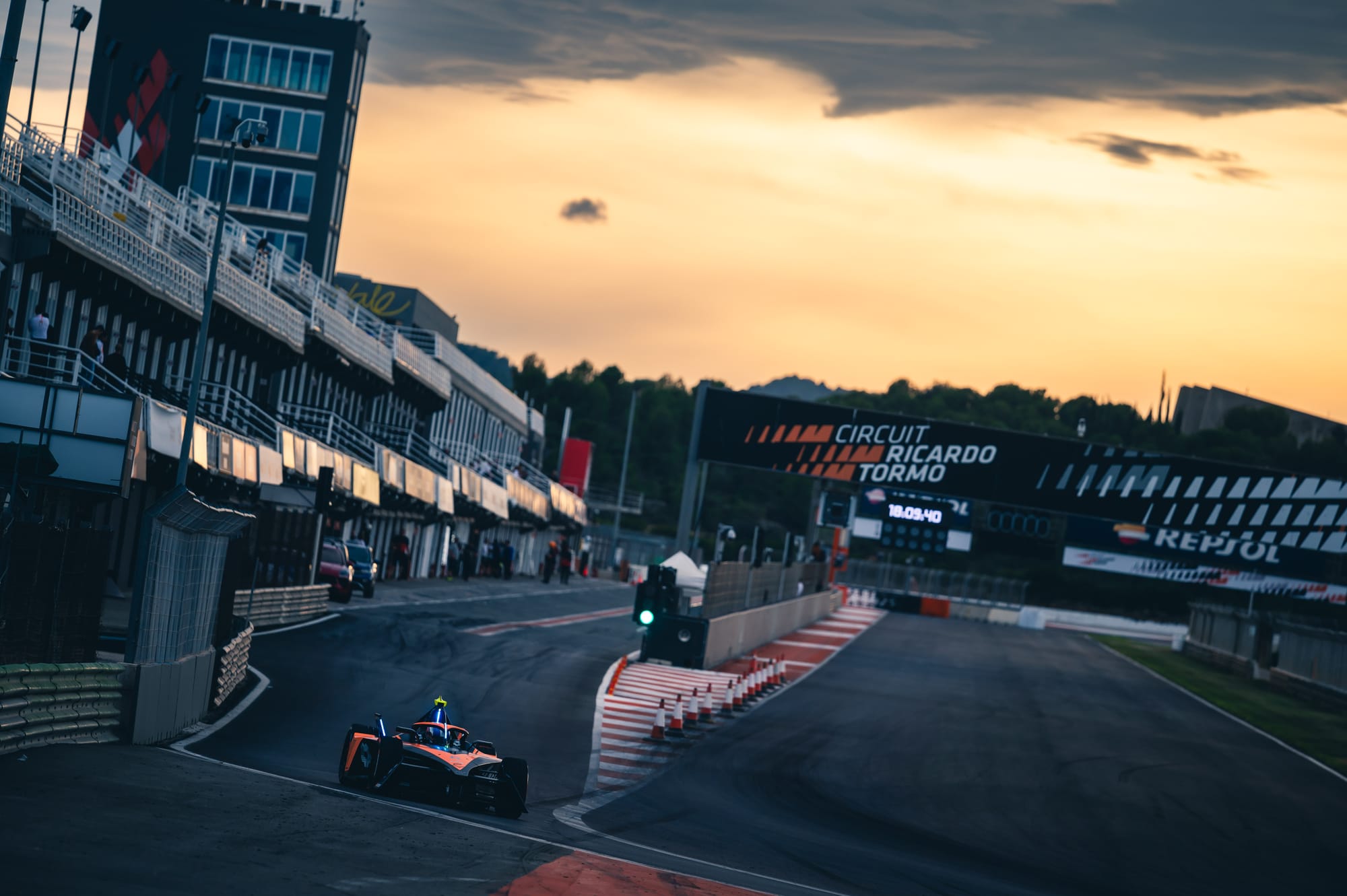
The key short-term challenge for Formula E going into 2024 is the implementation of the fast-charging pitstops that should have come to the championship last season.
For reasons mostly attributable to the knock-on consequences of cell changes and shortages within the spec Gen3 RESS battery units, the plug-in energy boosting stops have been delayed by a season.
Private testing of the equipment has taken place recently but a paucity of available units available means the delay will continue into the present season and it will not be used other than in free practice sessions when the season begins in Mexico City at the end of next week.
The sporting framework for having what have been christened 'attack-charge' pitstops has been in place for a while but the earliest they will actually happen in an E-Prix is at one of the Diriyah races at the end of January.
Countless simulations by both the FIA and manufacturers have taken place with some concern being raised about how the stops will affect the traditionally close races.
Many feel that the field will be broken up, while others contend that teams could be put in the unenviable position of essentially favouring a specific car for more beneficial strategies because double stacking of cars is not permitted.
Then there are questions regarding the use of blue flags if cars go a lap down and teams choose to use this scenario to baulk and delay rivals.
And how will the TV creators portray the stops, which are likely to be for around 30-35 seconds at a time? From entry to exit stops of over 1m10s are anticipated when pitlane speed limits are considered.
The attack-charge is a neat idea on paper but when a championship such as Formula E has created a frenetic, multiple overtaking race narrative for so long now there could be an initial cold shower shock as different, looser threads of racing manifest across 2024.
If the attack charge stops from the teams' perspective are not ready for Diriyah then the high likelihood is that they will come in for Misano in April where the permanent pitlane facilities will allow the format to breathe.
Sao Paulo and Tokyo, scheduled for prior to the Italian races, will be non-starters from that point of view.
What is at stake for Formula E with the new pitstops?
Quite a bit. Losing the dynamism of Formula E races and the series' reputation as an almost ‘anyone can win this thing’ show would be catastrophic.
But the promising news is that Formula E has been flexible and adaptable in the past with initiatives such as the off-line attack mode idea and the pre-event amendments of usable energy.
The main worry at present is that the attack charge effectively prioritises one driver in each team if there is an ideal lap to pit, and the present unfamiliarity with the new equipment for the independent teams drives a competitive wedge between them and the manufacturers who have had more real world testing so far.
All eyes will be on that first race, whether it be Riyadh or Misano.
WHO’S REALLY IN CHARGE?
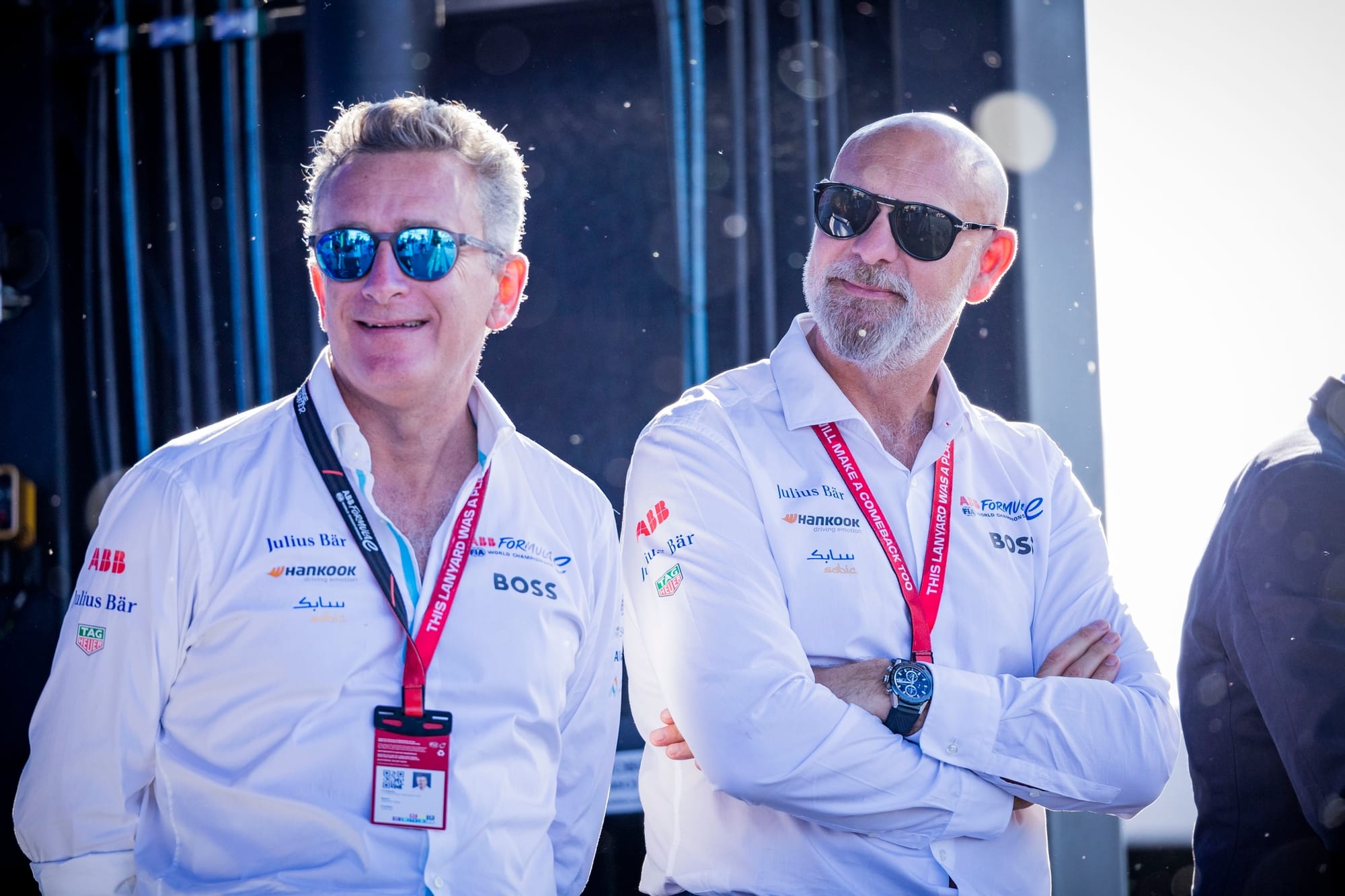
Who actually is the boss of Formula E? Who makes the big decisions?
Notionally it should be CEO Jeff Dodds. But there is increasing evidence that actually a chunk of power lies elsewhere and that a lack of cohesion across the board could be impacting the progression of Formula E.
No E-Prix goes by without someone asking this writer if Alejandro Agag is going to either directly take over the series himself or broker a takeover of the championship he was so integral to the birth of over a decade ago.
Agag is still chairman but his time is split now between his nascent E1 electric boat series, Extreme E, its hoped-for hydrogen future and an assortment of other business interests scattered over the world, several of which take root in Saudi Arabia.
But Agag’s acolytes are still powerful within the corridors of Formula E. Alberto Longo, the chief championship officer, and Enrique Buenaventura, the chief business affairs and legal officer, still have extensive remits and reigns on constitutional, race-making and other key strategic decisions.
It can be confusing for those on the outside to understand but factions within Formula E's executive levels have existed for a long-time and they aren’t always consistent.
Dodds’ appointment came directly from co-owner Liberty Global and he hit the ground running as he laid down his philosophy and also churned out some decent fighting talk last summer.
Since that time there have been a few curious points of note.
When the pit fire crisis threatened to severely disrupt the Valencia test in October and a crisis literally flared up in the paddock Dodds was on holiday for the week.
As that test was the one time in the last six months that the majority of the ‘Formula E ecosystem’, as it seemingly must be called now, was together, that seemed strange.
When the Hyderabad E-Prix started to descend into a political and legal mire recently it was Longo who travelled to India to offer his own brand of diplomacy.
Does this make Dodds’ position a bit brittle?
It’s hard to say right now but the underlying feeling is that some within the organisation may be grating against a newer way of doing things and along with some over-estimation of where Formula E is right now - in terms of its commercial and marketing positions - some pressure is already building for a clearer way forward in the coming years.
Liberty Global and Warner Brothers Discovery are the two primary shareholders in Formula E. Dodds knows the Liberty part of that investment group very well.
He got to know the Warners Discovery group well too in recent months and appears to have them on-side.
“I'm not sure we could ask for a better set of investors,” Dodds told The Race at the London E-Prix last July.
"I was with Mike Fries [CEO of Liberty Global] last night, I listened to his investment call. I talk to him very regularly. They are really excited about this asset, really excited.
“Mike was saying ‘if you look at the valuation of something like Formula 1 today and you look at what the notional valuation of something like Formula E is today, there's a massive amount of potential in this asset'.
“He's very excited about it, so excited that he calls me regularly to ask me why I'm not doing things.”
GEN4 MANUFACTURER COMMITMENT
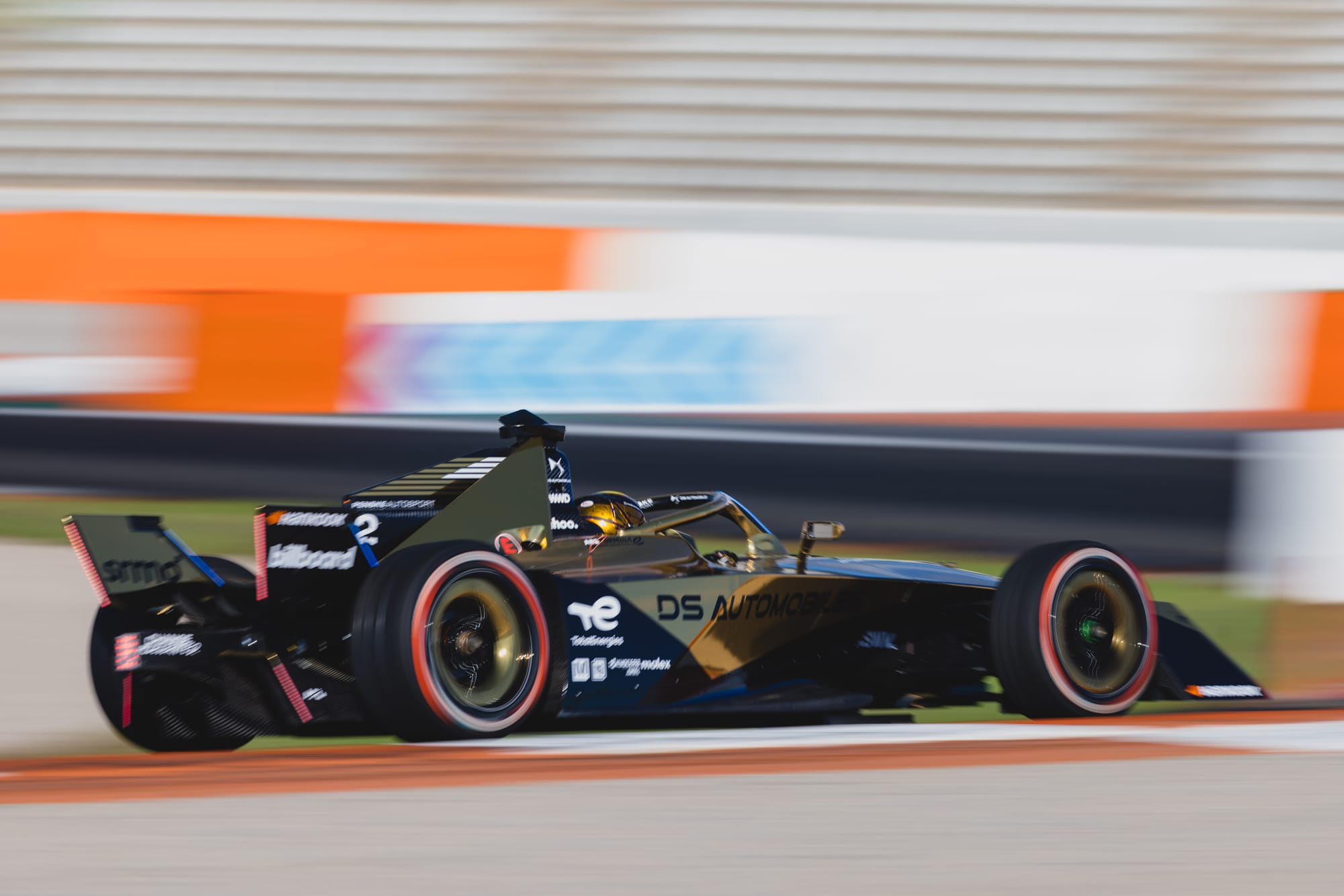
Some in Formula E expect that by the spring all the manufacturers currently on the grid will have decided whether to carry on for Gen4 (2026-30) or not.
The Gen4 project has already started from the viewpoint of suppliers (Spark, Podium Advanced Technology and Bridgestone) being given the keys to making the most advanced and quickest electric racing single-seater car ever seen in just a few years’ time.
The research and development of this is going to be very expensive and the manufacturers will be asked to play their part in that from a commercial viewpoint.
Several are unhappy about this and discussions will start to take place on how precisely that is structured.
Jaguar and Nissan look the most likely manufacturers at present to invest in Gen4. At least one Stellantis brand looks likely too but what of Porsche, Mahindra and ERT?
They are less certain, with Porsche's decision obviously being the most anticipated of the three.
Mahindra committed early to Gen3 but is unlikely to be so eager this time around, while ERT (until recently NIO 333) will need to get additional investment or merge with someone for 2025 and beyond if it is to get more stable and ambitious.
Is there a dazzling substitute bench of manufacturers waiting to come into Formula E for Gen4?
No.
There are some that are trying to get into the party at present but are struggling to do so.
Why that is the case is likely to be known in the coming weeks and months, but for now the assumption that four manufacturers will commit to Formula E in the next few months looks very unlikely indeed.
KEEP SOME STREET RACING SOUL
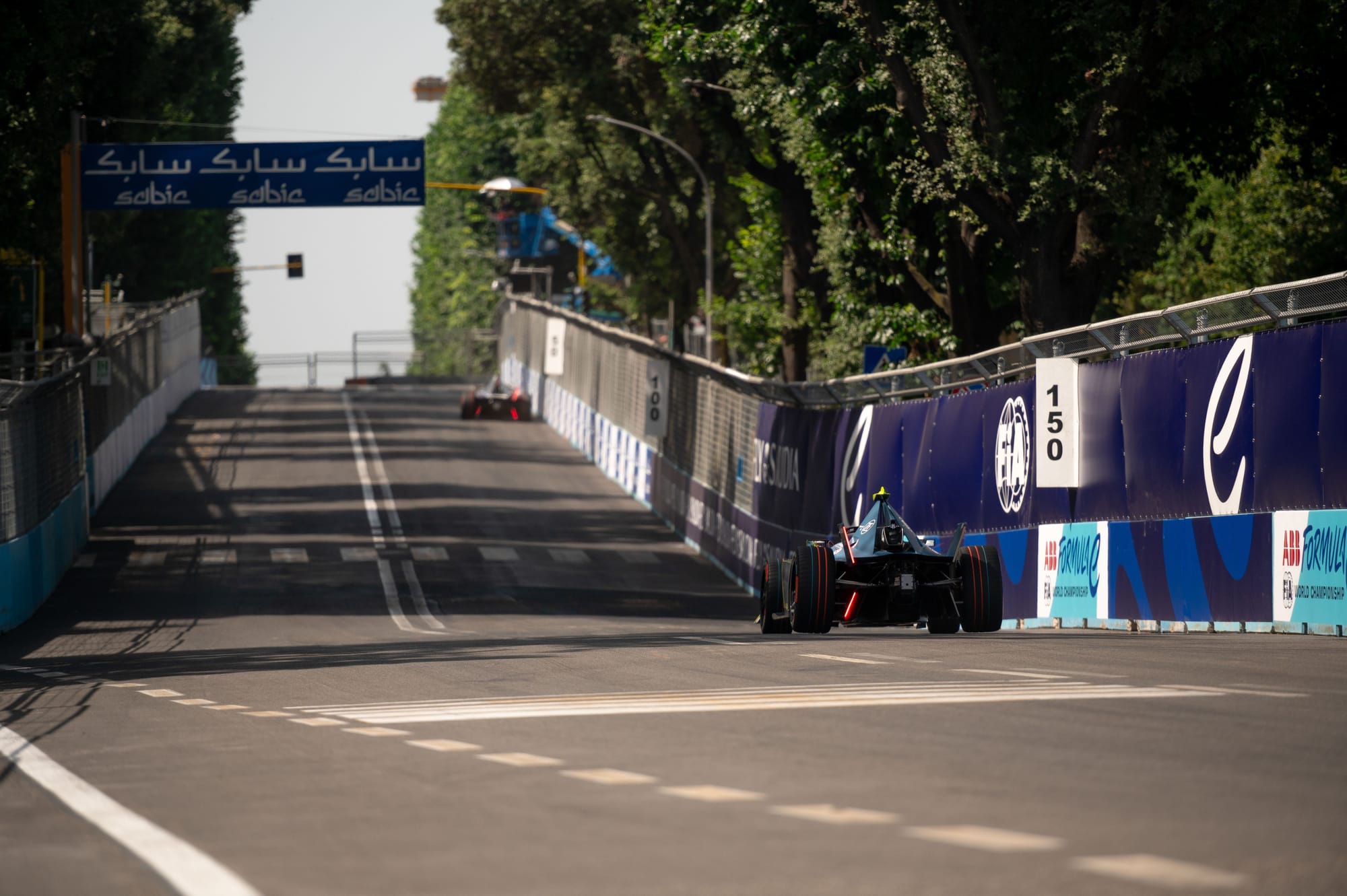
With Rome, Jakarta and probably Hyderabad lost to the 2024 calendar there are only two genuine city street circuits left this season: Monaco and Tokyo.
While Berlin, Sao Paulo and London are technically in the city they are all airfield or exhibition centre tracks, while Portland, Shanghai, Diriyah, Mexico City and Misano are either permanent or pop-up tracks made to look like street circuits.
This is the disappointing aspect of an otherwise strong - from a location and multi-continental point of view - calendar of 16 races.
A large point behind Formula E was that the racing would be taken to the people in city centres but in the cases of Misano, Shanghai and Portland the tracks are not only traditional racing facilities but they are also a decent hike from large metropolitan areas.
Some of those tracks may indeed be a success from a racing standpoint but each will be less than desirable for manufacturers, guests, fans and potential future commercial partners.
It’s not just about Formula E starting to self-distance from part of its initial DNA. It’s also diluting what Formula E is as a whole: something different.
Countless series go to Misano and Shanghai, they become homogeneous. Formula E has never been about convention and it shouldn’t start now.
At the same time there has to be a realistic calendar and multiple case studies from Seoul, Hyderabad, Vancouver, Zurich and Paris attest to the fact that having solely city centre events is just not viable.
Is the city model broken? Quite possibly, which is why convention centre or sports stadium races seems to be a decent halfway house plan.
When 600kW of power pushes Formula E cars close to Formula 2 pace in 2026 there is a possibility that some street circuits just won’t be viable. But at present there may not be many left anyway.
GET SERIOUS ABOUT MEDIA OUTREACH

All of the above factors are intrinsic to how Formula E is able to grow in the next few years.
It has recovered some of the momentum lost in the COVID pandemic, which hit it harder than most sports businesses, but still more was expected, particularly by the participants.
A modest but growing legion of fans and consumers of its generally fantastically entertaining product deserve a bit better.
Mostly gone now is the bizarre hyperbole and delusions of grandeur regarding FE's overall standing in motorsport.
What it needs is calendar stability, creative and accessible media amplification and a return to big name partners being attracted.
Over the last few seasons Boss, TAG-Heuer, Moet Chandon and Heineken have all decided not to renew deals.
Should the Hyderabad E-Prix not take place in February - and that's now the most likely outcome - there will be a yawning seven-week gap in the schedule.
This, in February, is unacceptable for a world championship that should be exploiting that very time when few other series are operational.
By the end of January Formula E will be a few paces ahead of other series, by the end of March it will have been overtaken.
It won’t be the first time it has happened and it will put much of the paddock into a trance and recall the early Formula E days when such last-minute changes and schedule gaps were commonplace.
All of this confuses Formula E’s progress and leaves it susceptible to further perplexity about its place in the world.
Until it can get consistency of its events, something which all other world championships have, then the confusion and restriction of its growth will follow.
The good news is that the addition of the Tokyo E-Prix and the deal for Bridgestone to come on board in Gen4 means a healthy breakthrough in the Far East, in addition to a return to China this year.
It gives Formula E a golden chance to redress some of the balance around its volatile calendar.
The average media value per E-Prix is estimated by insiders to be $95million and is claimed to be the highest it has ever been.
Fifty-five percent of this value is caught by the teams, and the media value created by each team is interconnected with on-track performance.
But Formula E’s audience has indeed declined by 14% year-on-year. Reduced broadcasting in some of the markets, notably Germany and Italy, is believed to be the cause of this.
In 2024 the coverage in Germany will change from Pro7 to an expected deal with the little-known DF1 station, so a further contraction is possible.
The noise about Formula E’s upcoming season is now in full-swing but the library-like feel in the off-season worried many.
An almost six month off-season is hard to fill with buzz, but at times Formula E felt cryogenically frozen.
World championships have to be 12-month, 365 days a year entities now whether it's via road shows, esports contests, media activations, TV show appearances or turning allocated filming days into something beneficial to the whole championship.


